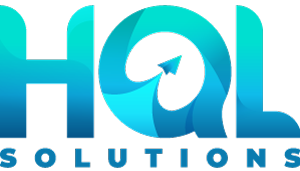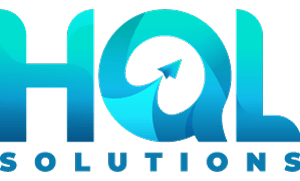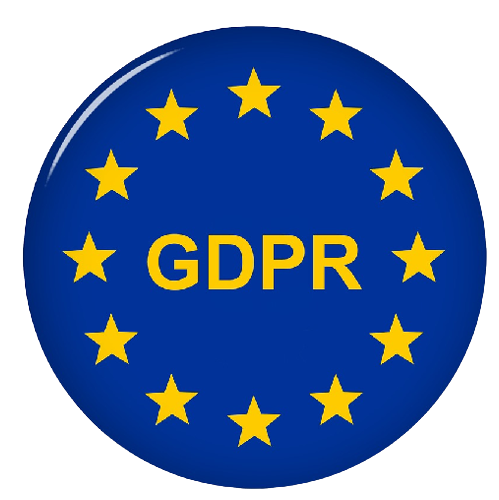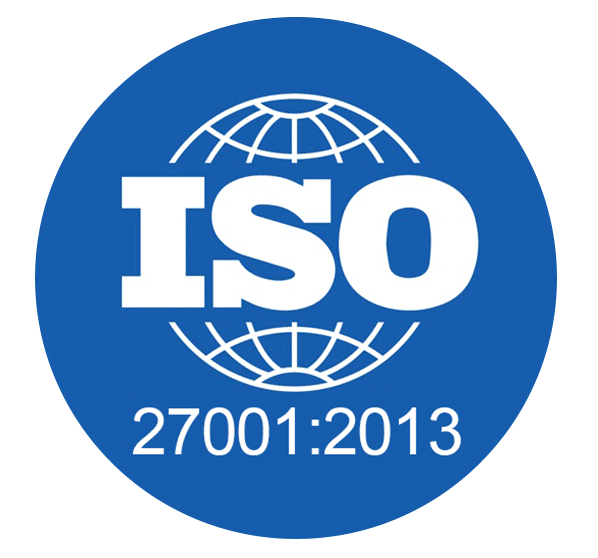4 things to remember while defining your b2b target audience
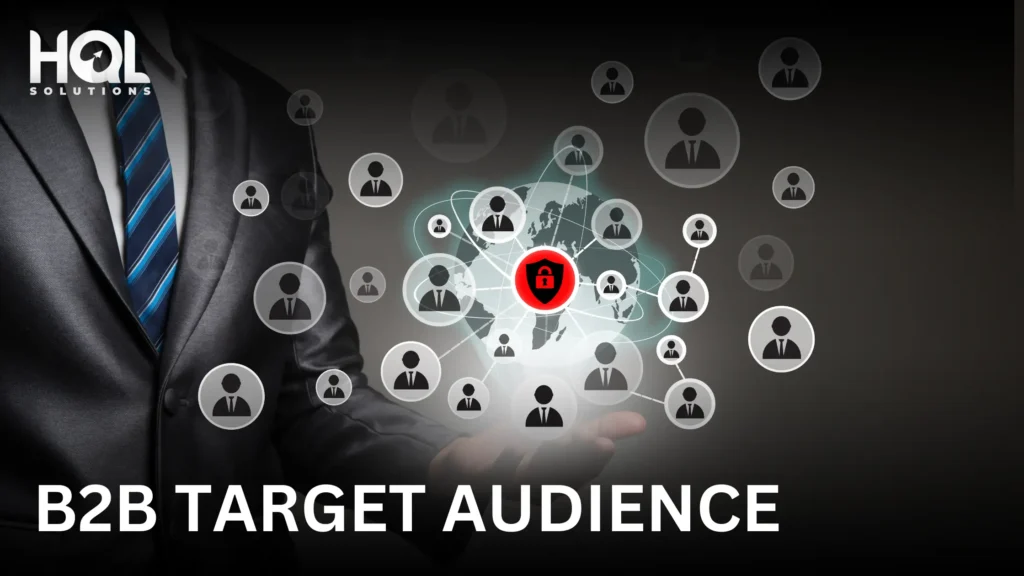
Target audience generation might just be the biggest challenge you have to face early on as a B2B marketer. But, trust us if done right, it can do wonders for your business enterprise.
Any marketer who’s worth his money will tell you the impacts of changes in the targeted audience to your overall lead generation strategy. Just having a defined target audience is not enough, as, without proper segmentation and market-specific social listening, you might still experience a low ROI.
Today, where the consumer data is readily available you have to capitalize on this goldmine of information. That being said, the consumer of today expects a personalized and unique experience on every transaction. That’s where the consumer data and competitor data analysis is invaluable.
However, a B2B target audience is vastly different from a B2C one. The business decisions of the targeted enterprises are often taken by boards, rather than individuals. The sizes are often smaller, and the anonymity of the seller goes out of the window. That’s because B2B agreements are contractual and long-termed. The products are updated and maintained frequently, much like a subscription service. Therefore traditional consumer and competitor data analysis may not work that well for a B2B company.
So does that mean the target generation for B2B is completely stochastic and dependent on who finds you? Not at all! But one thing is definitely clear, it doesn’t happen overnight. Here are some of the initial steps you may want to keep in mind while strategizing the garnering of your target audience.
1. Demographics
A target audience is very simply put, a group of people. Like every group of people, the target audience can also be characterized by certain similarities they tend to have. In this case, the similarities lead them to make similar consumption choices. A few of these parameters, or demographics that define a target audience are:
- Location
- Gender
- Age
- Education level
- Income level
- Marital or Family Status
- Ethnic Background
- Size of Business
2. Psychographics
Marketing is all about conveying the message of a brand. No one can afford to target everyone. A message is meaningful only when it reaches the right people, who would connect to the brand’s identity, and could potentially turn into viable leads. To understand who the right people are, the personal characteristics or psychographics of consumers need to be considered. Some of these are
- Personality
- Attitudes
- Values
- Interests/Hobbies
- Lifestyle
- Behavior
3. Defining questions
Defining your ideal target audience will require a lot of data analysis as well as extensive market research. But before you jump right into it, you can start by asking a few questions like these-
a) What issue is your brand trying to solve?
Trying to build empathy with the customer to know their pains is essential to understand what part of their daily struggles you would be aiming to solve.
b) What does your brand do differently from others?
The market for any product or service is probably full of alternatives. In such wide-scale offerings, one needs to know what sets you apart.
c) What can you learn from the existing customer base?
The database of your customers is a treasure trove of marketing info that would enable you to have enough insights while targeting new audiences.
After defining a target audience, and running some content focused on them, you can start on refining your group by adding new audiences or removing outdated ones. For this, a need for a metric-based evaluation system and data analysis tools is felt.
4. Refining tools
Ideally, your perfect target audience must consist of the following three categories.
- Those who will pay you
- Those who influence the ones that pay you
- Your supporters
Starting from a broad category and refining and retargeting your content, the hope is to reach a list of people who belong to either of these three groups. Sounds worrying? Well, don’t be. The Internet is full of tools that are going to help you in this endeavor.
Some of these tools are:
Google Analytics
Use Google’s powerful tool to monitor your social media presence and improve your social listening. If anyone anywhere mentions your brand, then the Google alerts keep track of it. This gives you a competitive advantage and clear idea about where you stand as to your online presence
Facebook Insights
Run Facebook Ads and use Insights on Facebook to understand the demographics of visitors. One can also set dummy audiences to see how well a post performs. Facebook Insights will also give you real-time updates about your brand’s online engagement.
Social Media Data and Engagement
Understand that different social media platforms are very different from each other. From Instagram to LinkedIn to Twitter the metrics are different and so are the audiences. Plan posts and campaigns that target different niches on different platforms. That way, you can check which platform works best for you, and where you should focus the least on. Also, ORM, Engagement with posts, and inquiries are all automatic additions to your audience.
Readers and Buyers Persona
Build a persona of a buyer and a reader. Try to define as many features in as much detail as you can. Many templates are doing their rounds all across the internet. Start with any one of them and research to fill in the gaps. Once you have a persona ready, you can take any incoming potential customer and try to see how similar he’s to the persona created.
Website Traffic Monitoring
Create backlinks and automatic notification systems whenever your website is being accessed. Getting a good idea of whoever’s looking at you, will lead you to many potential leads, as when they are checking you out, you’d be doing the same too.
Mailing List and Newsletters
E-mails have become severely underappreciated in recent times. However, they remain one of the simplest yet most effective ways of target audience curation. Sending out a newsletter regularly also means obtaining a bunch of e-mail addresses who write back or just use the asset. Inducting these unknown resources into your target audience database is a key to success.
Never forget to Target
Target Audience is a list of people who are likely customers of your services or products. And as they say “the customer is king”. To see who’s worthy of the royal throne, one needs to do many tests and quizzes just like the olden times. Here’s to finding the right fit for your business empire.
